 Home
Gallery
Contact
Events & Projects
Projects: 2019 On
Film & TV
Archive & Links
Home
Gallery
Contact
Events & Projects
Projects: 2019 On
Film & TV
Archive & Links
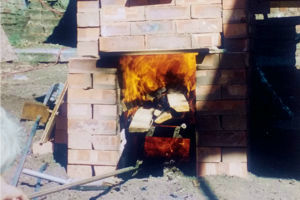
 Home
Gallery
Contact
Events & Projects
Projects: 2019 On
Film & TV
Archive & Links
Home
Gallery
Contact
Events & Projects
Projects: 2019 On
Film & TV
Archive & Links
|

|
Projects: 2019 Onwards Short Article on the Time Team Furnace by Denise Allen
Over the September Bank Holiday 1999, we were asked by Channel 4's Time Team to take part in their ambitious live programme from York. The task was to blow a reproduction of a typical Roman glass jug, using a replica of a Roman wood-fired furnace. The furnace was built using modern materials for the sake of convenience and speed, under the supervision of Beryl Hines, a potter specialising in ancient kilns, and reached a temperature of about 1200°C, which was maintained day and night until Sunday morning, when it was lowered to about 1100°C for blowing.
By Sunday afternoon the glass was in a fit state to be blown, and Mark successfully blew several vessels for the cameras. These six live programmes were edited down into one hour-long documentary, (featuring the glassblowing sequence), which was broadcast at the end of the 2000 series of Time Team. The experiment provided fascinating insights into the way a Roman glassmaking team would have worked, and the co-operation necessary for making glass this way.
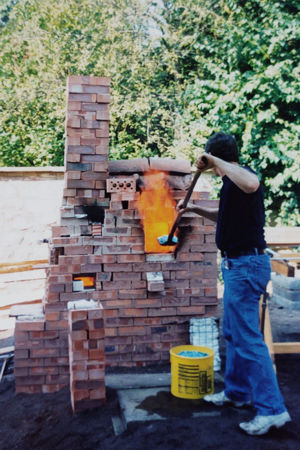
|
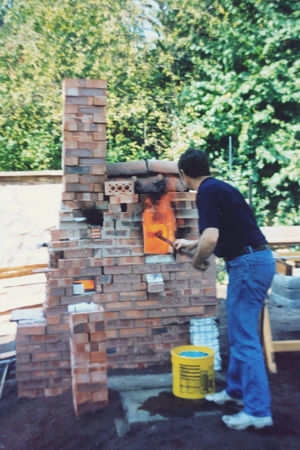
|
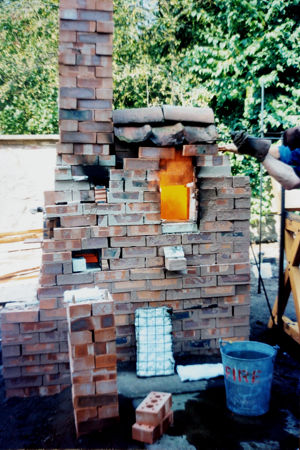
|
|
Furnace Demolition The demolition was fairly straightforward, being a reversal of the construction phase. The pot had developed a small leak about halfway down the wall, and the glass had flowed onto the siege and down into the firepit, where it had combined with the partially-melted grate, some nails from the burnt wooden planks, and charcoal and ash to produce a few lumps of this conglomerate. After the paving slabs had been removed, the area was purposely kicked and scuffed to simulate natural weathering, producing an indistinct area with some scattered sand, charcoal and small lumps of glass. |
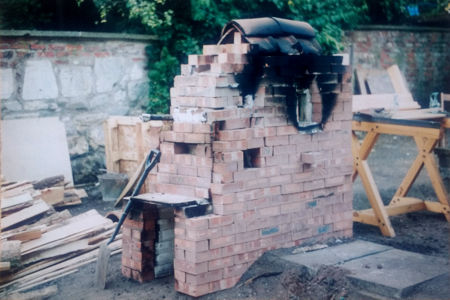
|
|
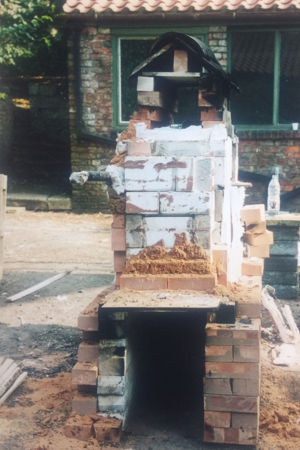
|
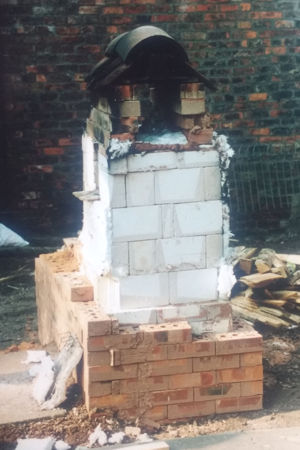
|
|
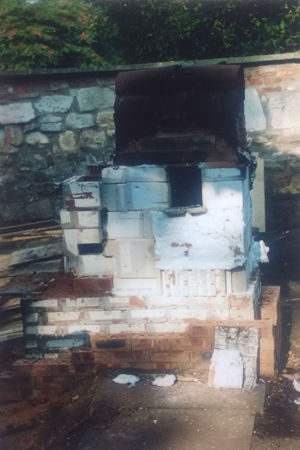
|
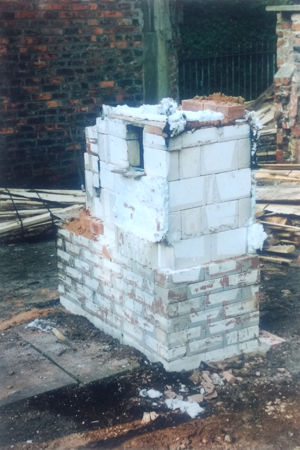
|
|
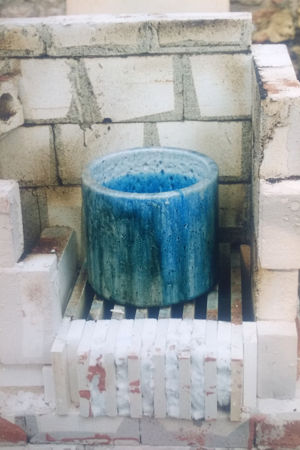
|
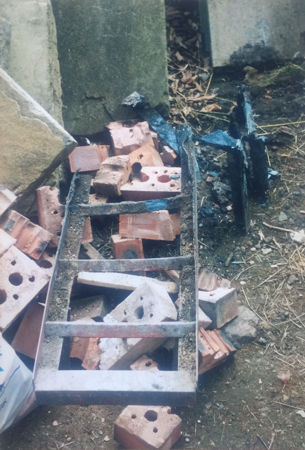
|
|
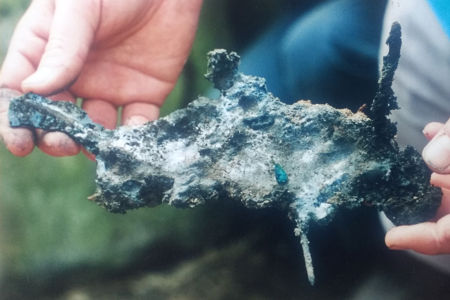
|
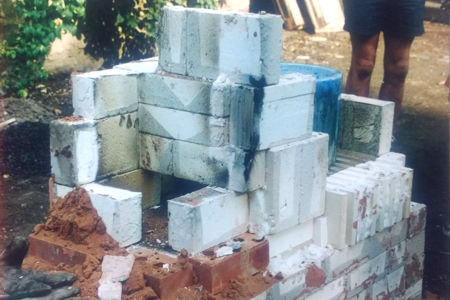
|
|
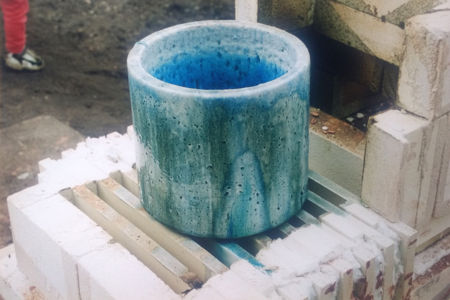
|
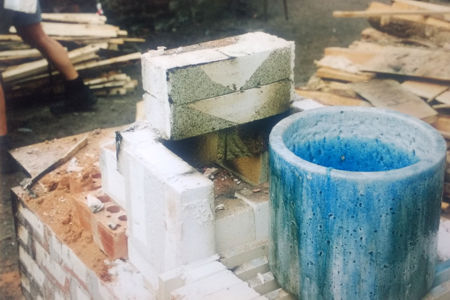
|
|
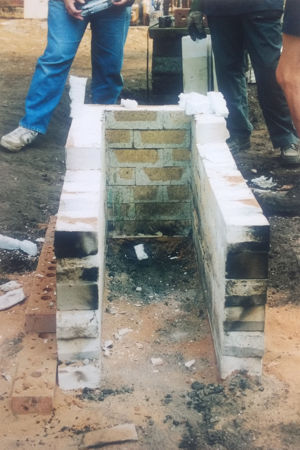
|
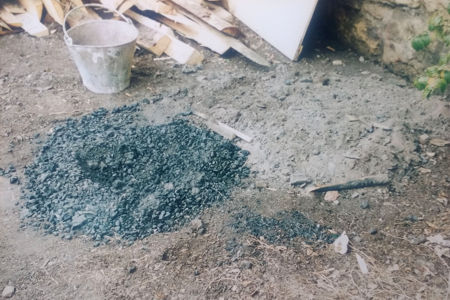
|
|
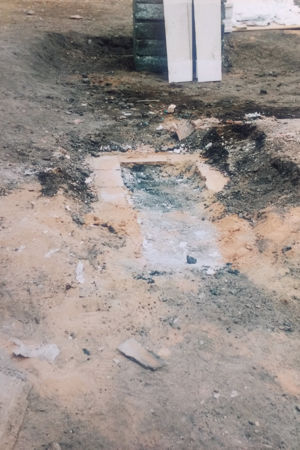
|
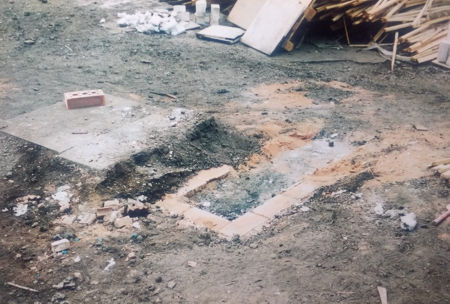
|
|
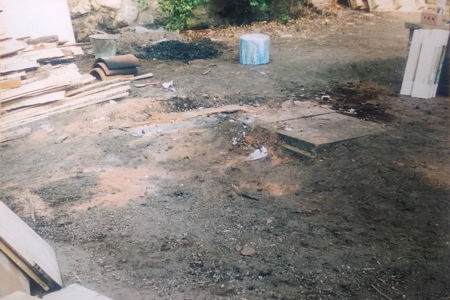
|
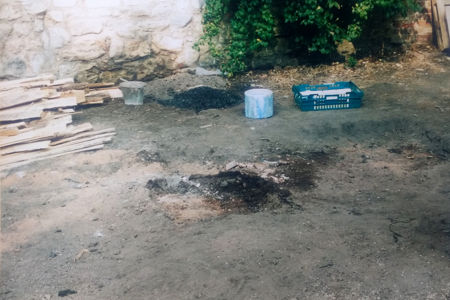
|
|
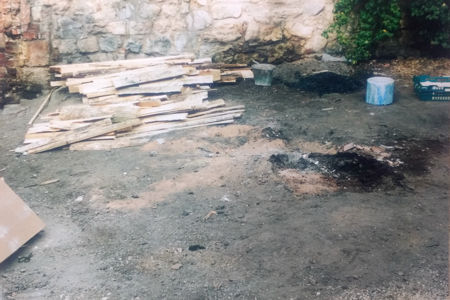
|
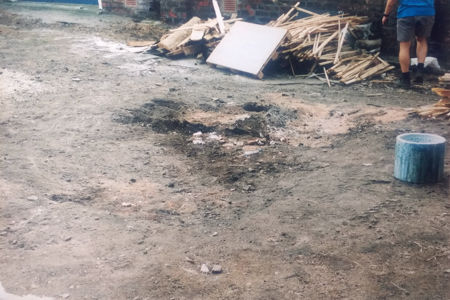
|
Home Gallery Contact Events & Projects Projects: 2019 Onwards Film & TV Archive & Links